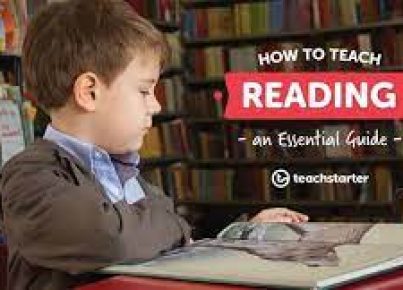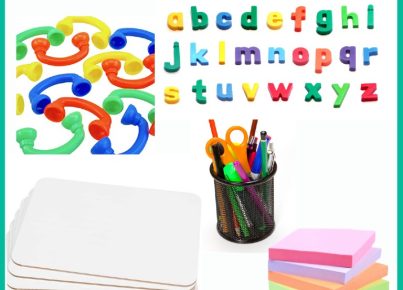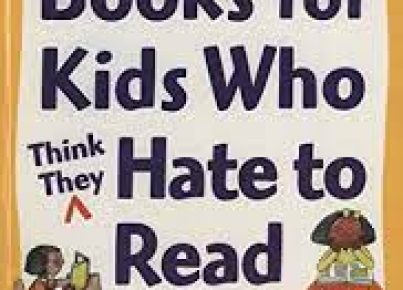This refers to a situation where students read to learn rather than for leisure. Participating in constant literacy skill-building across the content areas is an extremely effective way for students to build deeper strategies to engage in reading. Whether learners are working through a piece of non-fiction or fiction reading, key literacy skills are being used, regardless of whether they’re being developed to their full potential. Content area reading is important because it lets the students intentionally utilize and sharpen literacy skills throughout the school day, rather than only during literature- or language-focused class time.
Content-area reading benefits students in different ways, some of which include:
· Improved discussion skills
· Enhanced research and citation skills
· Strategic problem-solving
· More opportunities for collaboration
Often, the support students get during a content-area reading task is a list of terms to define or questions to answer. While this approach is perfect in spirit, students need guidance to concentrate on what’s most important. Believing the objective of reading to be a set of accurate answers or a completed vocabulary list, students might look for ways around the reading process and try to produce the appropriate response requested from a list.
Teachers can use the following content-area reading strategies to support students.
· Teachers should look through the text and decide an appropriate interval to ask learners to “stop, think, and write,” depending on its difficulty and the students’ readiness. Students should note an important fact or idea at each determined interval using sticky notes or a T-Chart.
· Teachers can put the students into pairs and ask them to decide reading intervals on their own. Together, students read silently until they reach an agreed-upon spot, at which point every student shares an observation or question. They should acknowledge each others’ responses with thoughtful confirmation of important content or follow-up questions.
· Teachers can provide the students with a graphic organizer before reading to help them understand major concepts, depending on the structure and content of the text. For example, if students are reading a text about the process of cell division, a sequence chart may help comprehension.
· Teachers should allow students to reflect on what they’ve read via informal writing. If they’re completing the reading in class, teachers can have them write a few key understandings and/or a point of confusion or question on a slip of paper or a notecard. They can utilize this information to plan future learning activities.




